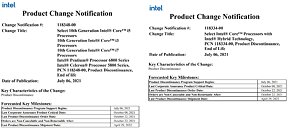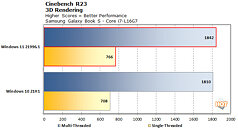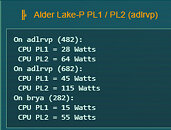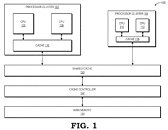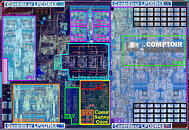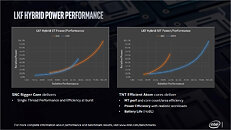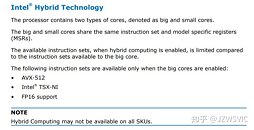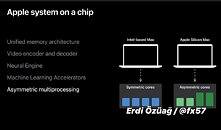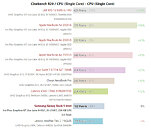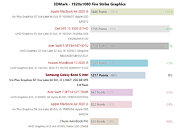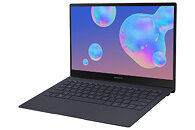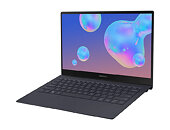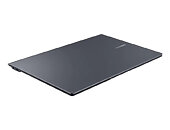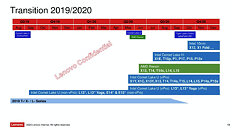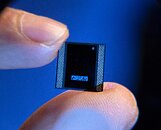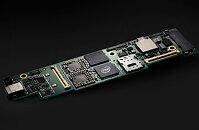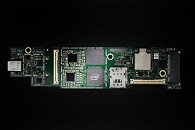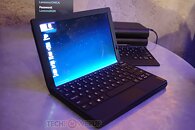
Intel Thread Director Makes "Alder Lake" Hybrid Architecture Work
Intel in its Architecture Day presentation Thread Director, a hardware component present on the "Alder Lake" silicon, which makes the Hybrid architecture of the processor work flawlessly. "Alder Lake-S" is the first desktop processor with two kinds of x86 CPU cores—the larger Performance P-cores, and the smaller Efficient E-cores, which work in a setup not unlike big.LITTLE by Arm.
The x86-based "Alder Lake" processor has a much more complex ISA, and the E-cores don't have all of the instruction sets or hardware capabilities that the P-cores do. The two cores operate at very different performance/Watt bands, and are optimized for vastly different workloads. At the same time, sending a workload to the wrong kind of core could not only impact performance, but also crash, due to an ISA mismatch. Intel realized that it will take a lot more than mere OS-level awareness to solve the problem, and so innovated the Thread Director.
The x86-based "Alder Lake" processor has a much more complex ISA, and the E-cores don't have all of the instruction sets or hardware capabilities that the P-cores do. The two cores operate at very different performance/Watt bands, and are optimized for vastly different workloads. At the same time, sending a workload to the wrong kind of core could not only impact performance, but also crash, due to an ISA mismatch. Intel realized that it will take a lot more than mere OS-level awareness to solve the problem, and so innovated the Thread Director.




